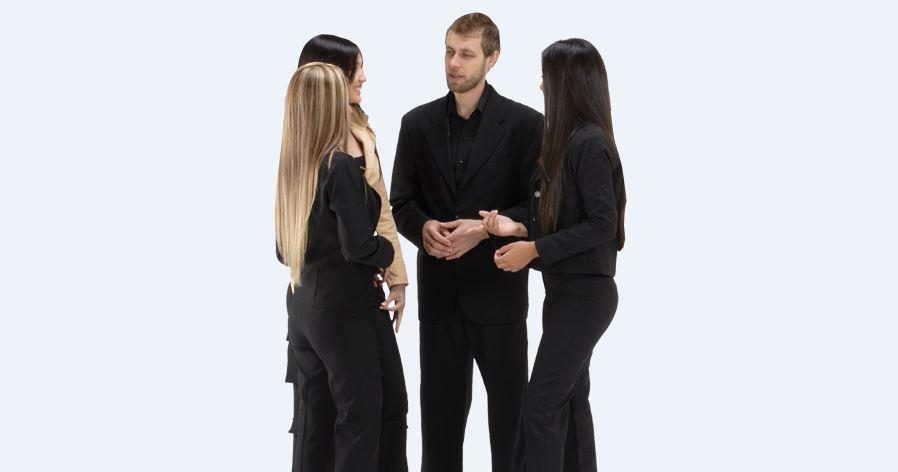Shri Narendra Damodardas Modi, born on 17th September 1950 in a small town in Gujarat, grew up in a poor but a loving family is the 14th and the current Prime Minister of India since 26th May 2014. He is the first ever PM to be born after India gained Independence.
Shri Narendra Modi as PM
Earlier taking the charge of PM Office he was the Chief Minister of Gujarat for a record four terms in the CM office. A lot of developments and improvements in Gujarat transformed the state. The credit goes to his involvement and his hard work. Modi was awarded the best Chief Minister in India in 2007 by the survey conducted by India Today.
He is a leader of the Bharatiya Janata Party and a Member of Parliament from Varanasi.
He is a Hindu nationalist and a member of the Rastriya Swamyamsevak Sangh.
According to Shri Modi’s family background he belongs to the Modh-Ghanchi-Teli community which is categorized as the Other Backward Class by the Government of India.
He is a vegetarian by habit and follows a stringent work style in his office though the practice of Yoga.
It was his initiate at the United Nations to pass the declaration to make 21st June as the International Day of Yoga across the world.
A few of the major breakthroughs he has brought in India’s developments are given below:
Make in India:
Make in India is an initiate by the Govt of India to enable Ease of Doing Business (EODB). The ranking system EODB is established by the World Bank on 189 economies. Higher rankings indicate better regulations for businesses and better protections of property rights.
The top ten key business regulations under consideration include starting a business, dealing with construction permits, getting electricity, registering property, getting credit, protecting investors, paying taxes, cross boarder trading, enforcing contracts and resolving insolvency. Online portals are brought out to improve the Make in India Mission. http://www.makeinindia.com/
Digital India:
Digital India programme is an initiate by Govt of India to transform the country into a digitally transformed social economy for the benefits of the people. The focus is more into the e-Governance structure towards citizen empowerment. Public Private Partnership is being encouraged in this mission.
Cabinet committee, Apex committee, state committee and advisory group are formed to lead the social initiatives. Workshops and consultations are organized throughout India to craft the successful progress of the mission. http://www.digitalindia.gov.in/
Demonetization:
Government of India on 8th November 2016 declared to the people that the existing Rs. 500 and Rs. 1000 will not be a legal tender for transactions. The demonetization will bring new changes among the people of India by reducing the social effect of funding foreign terrorist activities against India, minimize the level of bribery, and bring down the presence of black money in the hands of the countrymen.
Clean India:
The mission of Clean India focuses on ‘Cut the Carbon’ content in the atmosphere minimizing the emission of harmful gases such as CO2 and CO. Youth programmes are developed like the Rural Youth immersion Programme, Green Entrepreneurship for Environmental Protection and Green Internship Programme.
Schools, colleges and offices have adapted ‘Clean and Green Drive’ to manage waste and grow more trees as well as plants. Also water, sanitation programmes and the green initiatives are promoted to support the social mission. http://www.cleanindia.org/
Skill India:
The mission of Skill India administers the social purpose of improving the employ ability skills, finding a training center, choosing the right training courses and enrolling people in internship/apprenticeship training.
National Skill Development Corporation keenly monitors the social progress and the improvements in the employ ability rate of the people in the country thereby enhancing more social job opportunities. http://www.skillindia.gov.in/
Narendra Modi has noticeably made a number of foreign trips to improve the international relationships among different countries. Some of them include his visit to Nepal as the first PM after a long period of 17 years, his visit to Australia after 28 years, his visit to Fiji after 31 years, his visit to Seychelles after 34 years and his visit to UAE after 34 years.
Significantly his visit to Saudi Arabia has earned him the highest civilian honor of the country, Sash of King Abdul Aziz.
His presence is felt strikingly at the social media networks as well. September 2014 showcased him as the second most followed word leader in Twitter, over 17.9 million people after Barack Obama.
Forbes magazine has ranked him as the 15th most powerful person in the world in 2015.
Wish him all the best for his challenging tenure in the Prime Minister’s office.








Some truly good content on this website , regards for contribution.